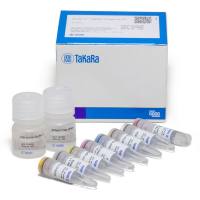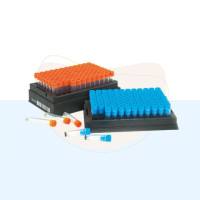Screening Mutant Libraries in Saccharomyces cerevisiae
互联网
564
Functional gene expression is a prerequisite for directed evolution with Escherichia coli (E. coli ), the preferred host organism. However, bacterial expression of eukaryotic genes can be impossible, or produce proteins with substantially altered properties, because of differences between bacterial and native expression systems (1 ). Different codon usage, missing chaperones, and posttranslational modifications like disulfide bridges or glycosylation can all cause low expression levels, misfolding, and inclusion bodies (2 ). Some of these problems can be avoided if these genes are expressed in a eukaryotic host whose expression machinery is more similar to the native one. Considering transformation efficiency, stability of plasmid DNA, and growth rate, Saccharomyces cerevisiae (S. cerevisiae ) (3 ,4 ) is best suited for directed evolution (5 –8 ), but the potential of this host has not been widely appreciated. Growing and manipulating S. cerevisiae is regarded as time consuming and more complicated than working with E. coli . The advantages of this host for directed evolution, such as homologous recombination that facilitates library construction (see Chapter 3 in companion volume, “Directed Evolution Library Creation ”) or secretion of mutant proteins, are frequently overlooked.









